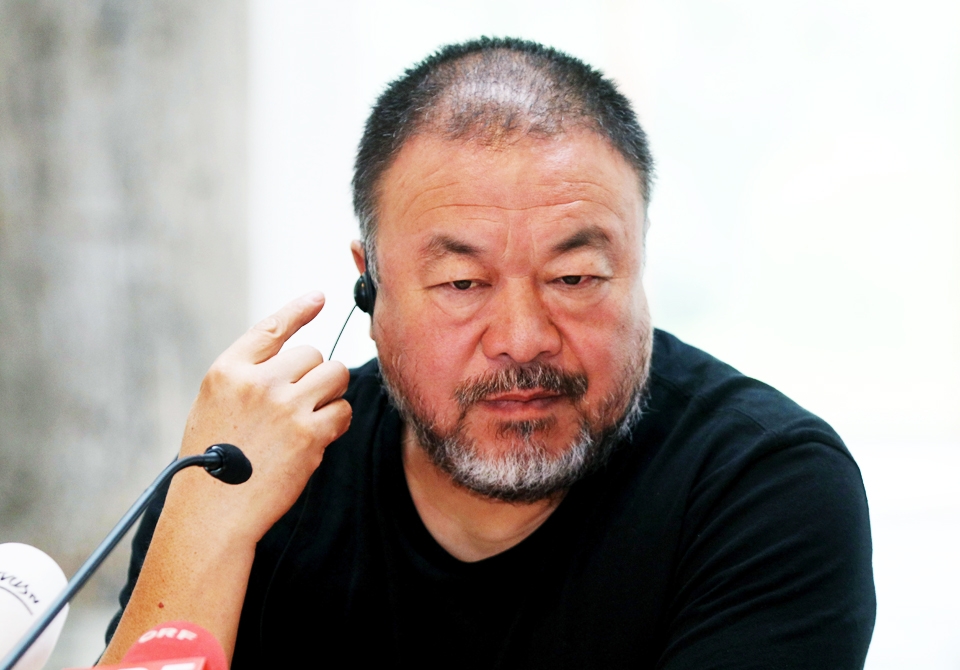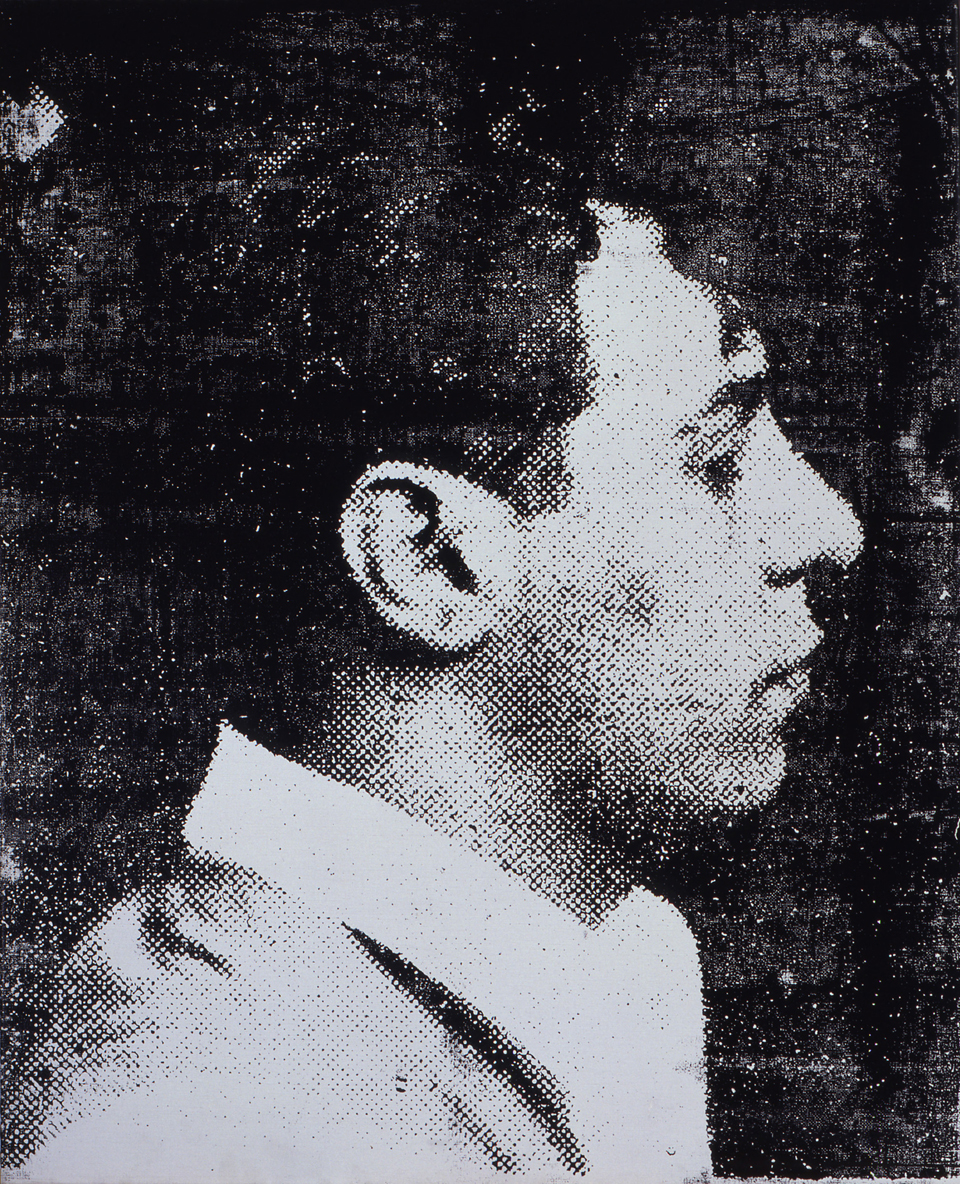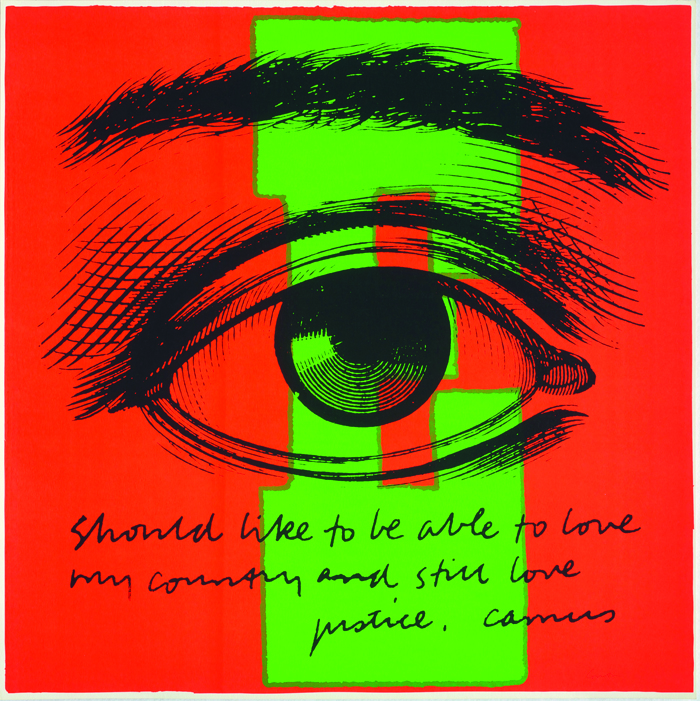
By Zachary Landau | The Duquesne Duke
Juxtaposing two titans of modern art in the same space is great news for any art aficionado. And when one of those artists is public enemy #1 to the Chinese government, anyone is bound to be entertained. The “Andy Warhol | Ai Weiwei” exhibit in the Warhol Museum accentuates the ties between these two and provides a deeper and more thorough examination of the intimacy they share with pop culture.
For the uninitiated, Weiwei is one of the most dangerous men alive in the eyes of the Chinese government. His work has been harshly critical of the government’s ineptitude in handling crises, especially the 2008 Sichuan earthquake that killed nearly 70,000 people. Because of his public outcries, he was jailed and held prisoner in his own home until last July. During his time under strict surveillance, Weiwei continued to produce work that he invited his fans to contribute to as well.
Weiwei’s work is a natural evolution of the Pop Art movement that Warhol spearheaded in the 60s and 70s. It finds the thread of democratization of art that was the dominating themes of modern art 50 years ago and updates it without feeling trite. Weiwei’s exhibit, when contrasted with Warhol’s, proves how important it is to identify this thread even in the current day.
The first thing one notices about Weiwei’s work is his aptitude for precise and cutting commentary of the messages that saturate the world of multimedia and the channels they travel through. Turning a critical eye on the cultivation of power, Weiwei deconstructs sources of power and influence, asking viewers to question who and what is curating and distilling the media they consume.
Warhol similarly examines the hierarchy of media and art, blurring the line between the high- and low-brow. His work suggests incessantly that there is no appreciable difference between art for the elite and art for the masses, that there exists a democracy of consumable art that we, the public, actively take part in every day.
The “Andy Warhol | Ai Weiwei” exhibit compliments each other to highlight their strengths, providing a context for Weiwei’s political commentary and a relevant model for Warhol’s theory. Every floor is themed around different aspects of the artists’ careers, such as capitalism and communism, surveillance, and social issues. While each piece is distinctly of their artist’s style, they draw from the same well of ideas and fit together perfectly. Highlights include Weiwei’s “Han Dynasty Urn with Coca Cola logo (silver)” and “Ton of Tea,” both of which match perfectly with the Warhol work already installed both visually and thematically. Weiwei’s work, which often degrades what would be revered pieces of history by tagging them with corporate messaging, stands in stark contrast to Warhol’s elevation of logos and brands. The two artists approach the same subject matter from different perspectives, but these different expressions provide complementary support for the other’s work.
This exhibit is a superb example of artists’ works presenting an amazing educational experience for contemporary and pop art. It is perhaps the best art exhibit to come to Pittsburgh in a long time, and is certainly worth seeing even if one has a tertiary interest in current events. “Andy Warhol | Ai Weiwei” will be at The Andy Warhol Museum until September 11.

Ai Weiwei’s critical stance on the Chinese government and its policies has made him many enemies. He found himself arrested held for 81 days with no charges in 2011, according to the New York Times.




